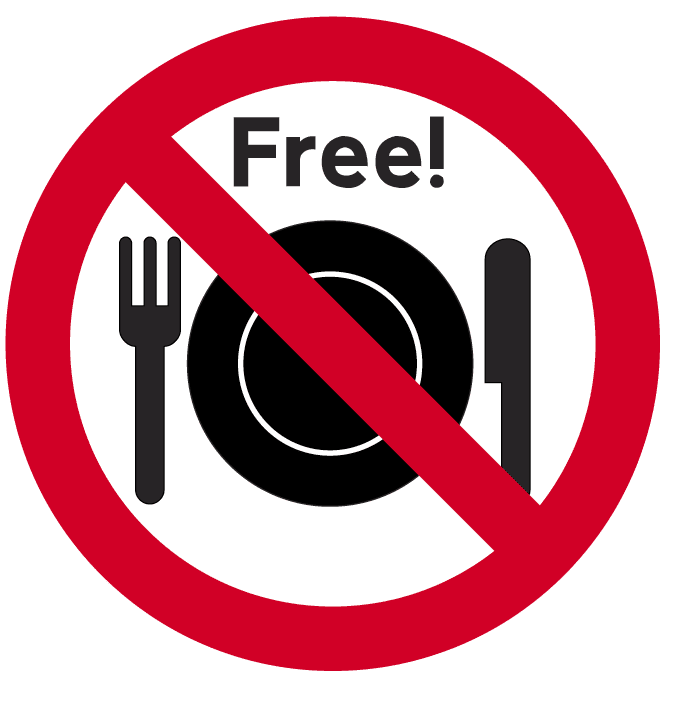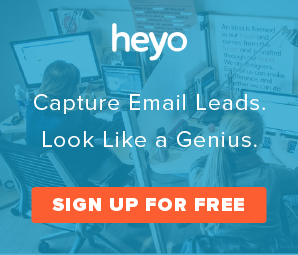The weird reason that Facebook will never have a serious spam problem
September 4, 2013 | By Dennis Yu | One Comment">One Comment
Mashable reports that Facebook spam is a $200 million a year business. 4% of Facebook page posts are spam (hard to define), while 70% of email is spam.
Short answer: On Facebook, you can’t send messages to people you don’t know. But you could email millions of people, since context is not required.
Let’s say you were a prominent Facebook spammer and you had created a zombie network of 10,000 fake profiles. Doesn’t matter how many friends these bots have, how complete their profiles, or how interesting their content is. If they don’t have friends in common with you, you probably don’t care. And any messages go into the “other” inbox, anyway.
The odds that a fake profile could have a lot of friends in common with you is low. Facebook has built in policing such that the bigger the network is, the easier it actually becomes to determine if someone is legit or not.
PAGERANK vs FRIENDRANK
In SEO, it’s not how many inbound links you have, but the quality and topicality of them. Likewise, in social, it’s not about how many friends or fans you have, but the quality of these relationships and if such folks have influence in the subject matters you care about.
Facebook measures carefully the trust levels you generate. That’s your currency and your reputation, as we explain here.
The Facebook advertising system is built upon this trust– not just a sponsored story, but being able to pay to spread this influence. It’s not quite buying influence, because it must start with one of your friends engaging with your page. But it certainly is paid word of mouth— or “word of mouth at scale”, as Facebook likes to call it.
Handy that you can amplify this goodness to just the folks you’d like to see it, leveraging just their friends. They see it their newsfeeds, as you best determine.
NOT A FREE LUNCH
Not just because you have to spend money to get your message into the newsfeed, but because you honestly have to have a great product or service that people are talking about (not PTAT, for the smart ones out there).
There must be something to amplify.
So if you’re a start-up with no reviews or buzz or if you’re a car dealership with many unhappy customers, then amplification is merely going to make a bigger mess worse.
A friend told me that alcohol makes good times better and bad times worse– that you should drink with friends when you’re happy, not alone and depressed.
So are you a purveyor of goodwill in your community with the content to back it up? Then you’ve got the raw materials necessary for massive social success. It’s the hidden source of influence .
THE ACCIDENTAL SPAMMER
My buddy Scott Richter argues that spam is not necessary just questionable health remedies or get rich quick schemes. It’s anything not relevant to you. That includes the stuff on your windshield wiper when you get back to the parking lot, the ridiculous free credit report jingles on TV, the yellow pages dumped at your door, and pretty much all forms of interruptive advertising.
Facebook solves the spam problem because the newsfeed algorithm can detect what you’re most likely to click on, while also showing you what you’re friends are up to. Enquiring minds want to know.
For the sensationalist journalism about  growing social spam, that Facebook killed 37% of spam since June 1012, or that 8.7% of Facebook profiles are fake– the reality is simpler.
growing social spam, that Facebook killed 37% of spam since June 1012, or that 8.7% of Facebook profiles are fake– the reality is simpler.
You trust what your friends are doing. Doesn’t matter how many robots are out there. The bigger risk is not Russian viagra spammers, but brands who are willy nilly broadcasting their messages in the newsfeed.
Are you accidentally spamming your users with self-serving promotional drivel or creating stuff so awesome that people share it (with a little ad support from you)?


